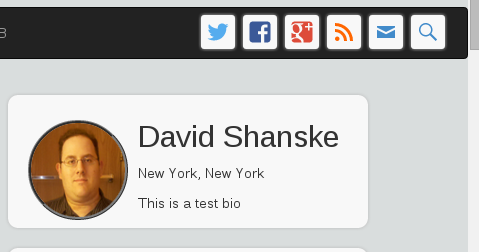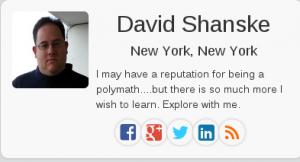We arrived in Tel Aviv late, as previously mentioned. the tour group had arranged transport to the hotel. The tour company offers a 9 and 11 day tour. We ended up with 10, joining in on half of the two day Tel Aviv tour they offered. On the last trip I took to Israel, circa 1999 as part of the March of the Living, we had gone straight to Jerusalem. I had never seen Tel Aviv.
By the time we got settled in to the Dan Panorama Tel Aviv, we were both very tired. We went to the concierge to ask for a place nearby that would give us a quick bite to eat before bed. Which was my first mistake. I’m used to concierges not being perfect, but…every time I asked a hotel employee for local information…it was not particularly helpful(more on that later).
He insisted we needed a reservation, and booked us into a local Italian place about 15 minutes walk through the dark streets. When we arrived, reservations seemed to not be needed, and they were most disappointed the two of us only shared an individual pizza and drank tap water and left. Guess we weren’t worth the kickback to the concierge for sending us there.
I had secured prepaid SIM cards for our phones, which were supposed to allow unlimited incoming calls, and 1GB of data. Couldn’t successfully get a single incoming call, but the data worked wonderfully. I would have pursued it, but I couldn’t call anyone. Considering the horribly slow wifi at the Dan Panorama in Tel Aviv and in Jerusalem(which prevented me from uploading pictures most of the time), if I went back, I’d pay for more data and just give up on using theirs.
It was then I tried to use Skype to call my cousin, who could barely hear us, over the hotel wifi, to make arrangements to see him.
Friday, June 5th, 2015
“Visit the Diaspora Museum; drive around the main streets of Tel Aviv, center of business and entertainment of Israel. Stop at Rabin’s Square, place of assassination of Prime Minister Yitzhak Rabin. Continue to Old Jaffa, an 8000 year old port city; visit the ancient ruins and walk along the restored artists’ quarter. Visit Neve Tzedek, the first neighborhood of Tel Aviv, built in 1909 and Nahalat Benyamin, the pedestrian street of the city with its musicians, hand made jewelry and artifacts. Next, stop at Sheinkin, the lively and colorful street especially known for the unique shops, café life and youthful ambiance.”
 As the day started on Friday, we had breakfast in the hotel and went downstairs to wait in the lobby with our Tour Company hats so we could be identified. It was then we met our tour guide. The tour was conducted with a mini bus he drove around Tel Aviv. He didn’t say another word till he picked up the rest of the tour group at various local hotels, then began his spiel. Most of the people had been with him the previous day, I suppose.
As the day started on Friday, we had breakfast in the hotel and went downstairs to wait in the lobby with our Tour Company hats so we could be identified. It was then we met our tour guide. The tour was conducted with a mini bus he drove around Tel Aviv. He didn’t say another word till he picked up the rest of the tour group at various local hotels, then began his spiel. Most of the people had been with him the previous day, I suppose.
The first stop was Beit Hatfutsot, the Museum of the Jewish People. The museum opened in 1978…and I believe they must need money, because the English lettering is falling off the walls in some places, and has not been repaired. Despite that, it was worth a visit. There was an exhibition on superstitions, myths, blessings, prayers, and folk remedies, in Jewish and universal art; another on Volunteers from Abroad in Israel’s War of Independence.
The slant I found on their core exhibition was very Israeli-centric, as to be expected. You come to the realization that museum exhibitions try to distill a subject into a simple way for people to relate to it. So, when you look at a reconstruction of the Rashi Chapel from the Synagogue of Worms(Germany)…what is the meaning behind it?
Either way, the lesson of the Museum’s core exhibit was that Judaism had formed as a unique culture and religion in Israel, and had subsequently scattered after the country was conquered, and as a result Jews had spread around the world. That history takes a central theme in the touring of Israel…especially considering I was on a Jewish-themed tour.
We continued on to Jaffa. As we headed through the streets of Tel Aviv, my father remarked it looked nothing like it did 40 years ago. So, in honor of that…I’m adding a special recurring segment to this little documentation project. I call it…Israel then and Now…featuring Warren Shanske, who was my travelling companion for this trip. Looks the same, right?


Cities change over time. To my father, Tel Aviv looks like any other city now. It has commercialization, it has tall buildings. But he probably hasn’t noticed some of the drastic changes in New York either.
Back to the city of Jaffa. There has been a major effort over the last quarter century to renovate historic sites, including Muslim ones, in Jaffa over the last 25 years. There has also been increasing gentrification despite a high crime rate, this has had a result of increasing real estate prices and changing demographics.
Tel Aviv and Jaffa have been unified since 1950, and you can see Jaffa is within walking distance of the newer city. My father claimed that was his exercise when he was here in the 70s. He would walk to Jaffa.
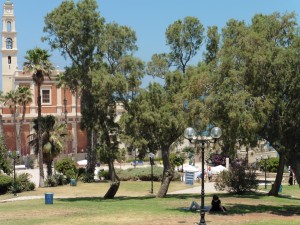

While these are the same spots my father saw 40 years ago, things have certainly changed.
I was a bit hot by this point, so we bought some orange juice. I’m not sure what the margins are on this, but you quickly realize when a man is using a knife and a hand press exactly how many oranges go into a cup of orange juice. Makes me feel wasteful, but no wonder it cost the equivalent of $5.
After we finished in Jaffa, we headed toward the neighborhood of Neve Tzedek, the first neighborhood in Jerusalem. Neve Tzedek was the first neighborhood to be built outside of Jaffa in the 19th century, but by the 1960s, the southern part of Tel Aviv, closest to Jaffa had become a slum and was targeted for urban redevelopment. However, the plan to replace the area with high rises was stopped due to the fact many buildings were on the historic preservation list.
As happens to many neighborhoods like this when preserved, it turned into boutiques, cafes, galleries…a process not unique to Israel, as I see this in the United States as well.

On Saturday, November 4th, 1995, I was in a hotel room in Massachusetts visiting my brother, who was attending Brandeis University, who was in school there. Nightfall came, and I turned on the TV and saw the news that Yitzchak Rabin had been assassinated. It was a shock. Rabin had actually been scheduled to speak at Brandeis not that long after that…an event that never occurred.
The memorial sits, commemorating this event. There is a bust of Rabin nearby, and a commemorative wall. I think our tour guide summarized it best. He didn’t vote for Rabin’s party, but he respected the man. And despite any disagreement, that was who the majority elected, and there would be a chance to vote them out of office in the next election. In the end, that is all we can hope for our leaders and politicians. That we respect them, even if we don’t agree with them, and we represent our opinion with our vote. Welcome to democracy.
The tour concluded early that afternoon, and let us off. The tour guide advised he would come back to take us to the hotels after we wandered around, or we could walk back. My father and I aren’t shopping types, so we wandered a bit, then walked through the Carmel Market and back to the hotel.
We then met up with our cousins for Friday night dinner.
Saturday, June 6th, 2015
We didn’t tour on Saturday. We woke up at 6, which we did every day in Israel, and headed to breakfast, then attended services inside the hotel. After which, we returned to the room for a rest, ate lunch in the hotel, took a walk along the beach, more resting. There were plenty of people out as we walked around.
That night, without any help, we endeavored to find a place to eat. After wandering around, we finally gave up, had some gelato instead of a meal, and went back to bed.
The official tour began Sunday. Stay tuned for Part 3, where we leave the bustling city of Tel Aviv and head to the hills.




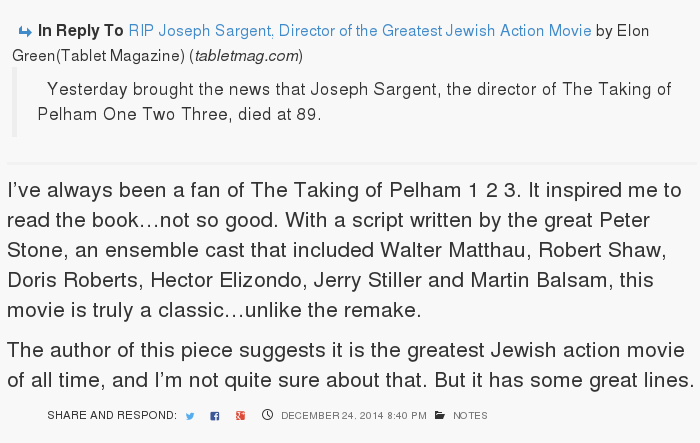

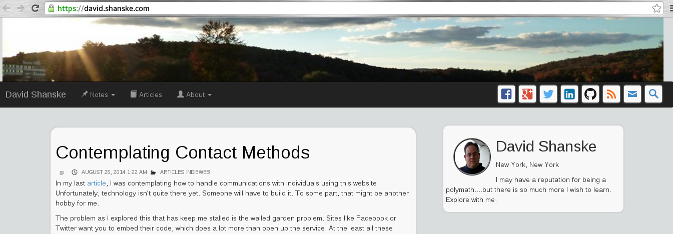
 So, if you look at this test for a new configuration for this site(may be in place if you are reading this in the future), I have the links at the time, which are all syndication points…Twitter, Facebook, Google Plus, RSS, etc… other locations to see the same content, if that is the way you want to seem them.
So, if you look at this test for a new configuration for this site(may be in place if you are reading this in the future), I have the links at the time, which are all syndication points…Twitter, Facebook, Google Plus, RSS, etc… other locations to see the same content, if that is the way you want to seem them.